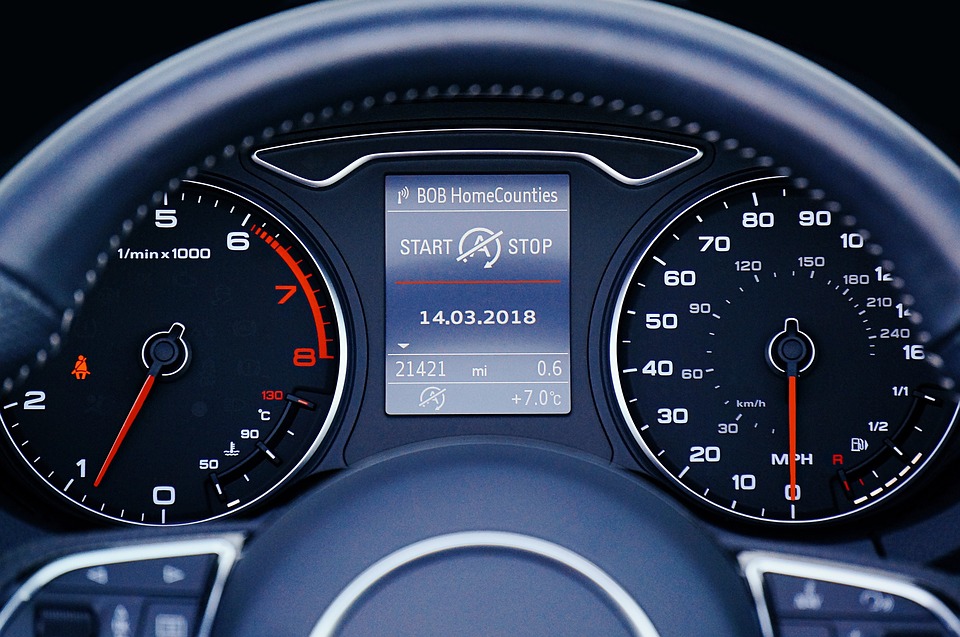
The fatality in Arizona, caused by one of Uber’s autonomous vehicles, could have been as a result of minimal LIDAR sensors.
Reports have found that there was a blind spot due to the use of a single LIDAR sensor on the roof of the vehicle, which could have impacted its judgement when approaching the woman.
The major changes to its sensor design brought down the number of LIDAR sensors from five to one, which is mounted on the roof, while increasing the number of radar sensors from seven to 10, besides reducing the number of cameras from 20 to seven.
Reports said although the removal of LIDAR sensors from the front, back and sides of the vehicle and replacing them with a 360-degree sensor on the roof is cost-effective, it creates a blind spot around vehicles.
Marta Hall, president of Velodyne which builds Uber’s LIDAR sensors, was quoted by Reuters as saying: “If you’re going to avoid pedestrians, you’re going to need to have a side LIDAR to see those pedestrians and avoid them, especially at night.”

In 2016, Uber decided to switch over to Volvo XC90s from Ford Fusion cars for its self-driving car programme and also chose to reduce the safety sensors used to detect objects in the road.
Aptiv, which manufactures the software running for the self-driving car, claimed that its safety systems had been disabled on the vehicle that killed the pedestrian. Experts who reviewed the crash said that a self-driving system should have seen the victim and braked.
“We don’t want people to be confused or think it was a failure of the technology that we supply for Volvo, because that’s not the case,” An Aptiv spokesman said in a statement.
In 2016, Uber decided to switch over to Volvo XC90s from Ford Fusion cars for its self-driving car programme and also chose to reduce the safety sensors used to detect objects in the road.
Rival firms, including Waymo have ganged up on Uber claiming to have six LIDAR sensors on its self-driving cars and General Motors uses five.
Meanwhile, the Uber accident has also brought into focus Arizona Governor Doug Ducey’s reportedly overly enthusiastic effort to get Uber into his state.
Arizona suspends operations
Why was the pedestrian to blame?
Data drives the company forward in London
According to reports, the Governor reportedly agreed to Uber’s request to test its vehicles on public roads in August 2016 without informing the public and the company did not announce that it would begin offering rides to Arizona residents until February 2017.
Following the accident, Uber has pulled all of its autonomous cars off the road and said it is cooperating in the investigation.






